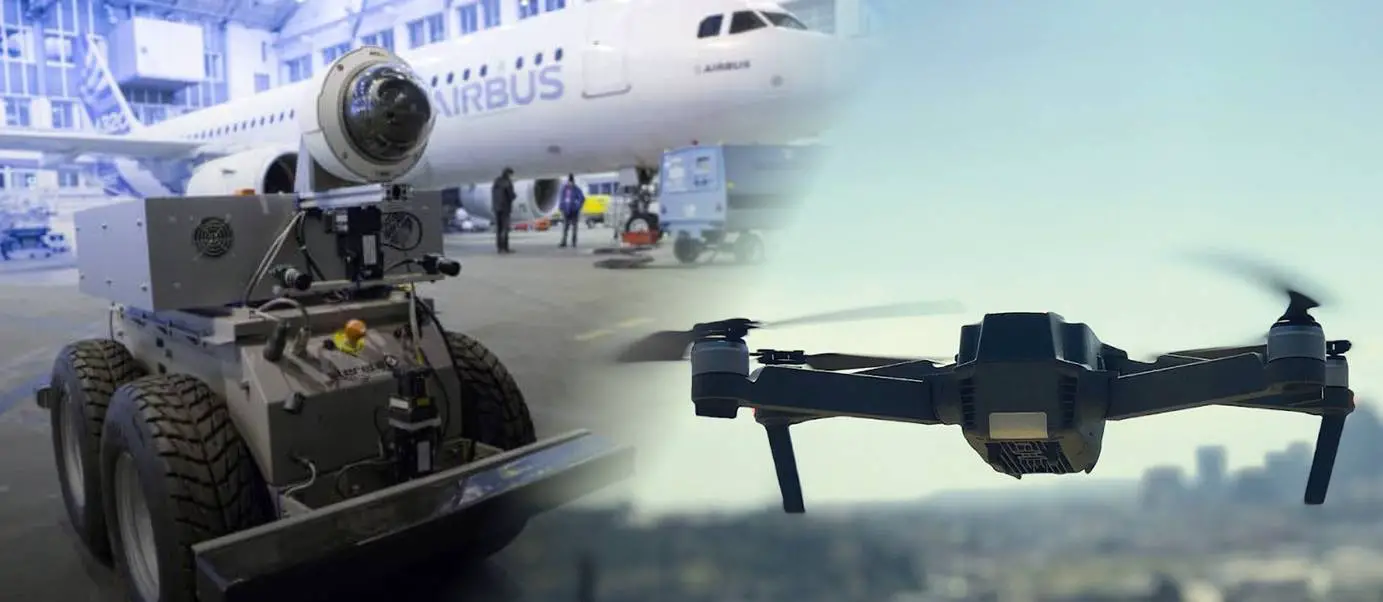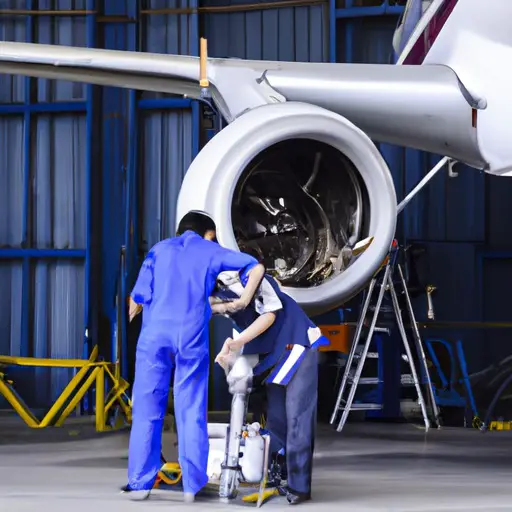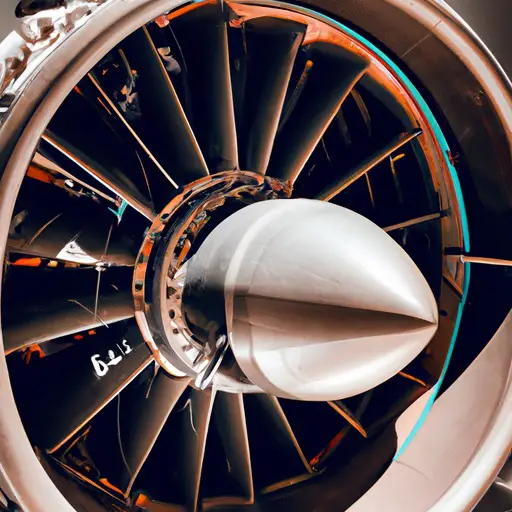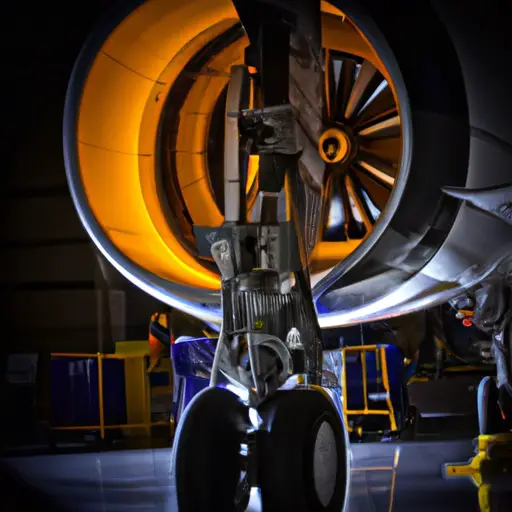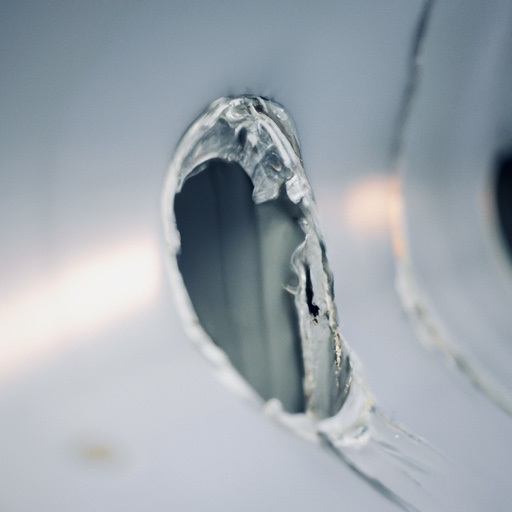
10 Major Trends in Aviation Maintenance
The aviation maintenance, repair, and overhaul (MRO) industry is a vital and dynamic sector that provides essential services to airlines, aircraft manufacturers, and other stakeholders in the aviation ecosystem. The industry is constantly evolving and adapting to the changing needs and expectations of customers, regulators, and markets.
A few of the major aviation maintenance trends (technological as well as non-technological) that are shaping the future of the aviation maintenance industry are as follows:
Big data and AI
Aviation produces over two million terabytes of data a year, which can be used to optimize operations, improve safety, and reduce costs. AI (artificial intelligence) can help analyze this data and provide insights for predictive maintenance, performance optimization, and risk management.
AI can help predict potential failures or malfunctions before they occur by analyzing data from sensors, historical records, weather conditions, etc. AI can also suggest optimal actions to prevent or fix issues, reducing downtime and increasing safety.
Blockchain
Blockchain is a system of distributed ledgers that records transactions among multiple parties without the need for intermediaries or central authorities. Blockchain can enhance transparency, security, and efficiency in aviation maintenance by enabling seamless data sharing, verification, and tracking among stakeholders such as manufacturers, operators, suppliers, and regulators.
Drones for aircraft inspection
Drones or unmanned aerial vehicles (UAVs) can inspect aircraft structures, components, and engines using cameras, sensors, and software. Drones can access hard-to-reach areas, detect defects, damages, and corrosion, and provide high-quality images and data for analysis.
Drones can also perform inspections faster, safer, and cheaper than traditional methods that require scaffolding, ladders, or cherry pickers.
3D printing aircraft spare parts
3D printing or additive manufacturing technology allows the creation of complex parts and components with less material, time, and cost. 3D printing spare parts on-demand and on location can enable faster repairs, customized solutions, and reduced inventory and logistics costs in aviation maintenance.
RFID in aviation maintenance
RFID is a technology that uses radio waves to identify and track items that have RFID tags attached to them. RFID can help aviation maintenance organizations improve their data capture, inventory management, and operational efficiency by providing faster, more accurate, and real-time information about their assets and processes.
Wireless solutions
Wireless solutions are preparing aviation maintenance facilities for the upcoming innovations and challenges in the industry. For example, 5G networks can offer faster speeds, lower latency, higher capacity, and better security for wireless communication. This can enable new applications such as augmented reality (AR), virtual reality (VR), artificial intelligence (AI), etc., that can enhance training, inspection, diagnosis, and repair.
Information and communication technology (ICT)
ICT refers to the use of digital technologies such as computers, the internet, mobile devices, software, etc., to communicate and exchange information. ICT can improve productivity and quality in aviation maintenance by enabling real-time data access and analysis, remote collaboration and support, paperless documentation and reporting, etc. It can also enable MRO providers to optimize processes, reduce costs, improve quality, and create value-added services.
Other non-technological aviation maintenance industry trends are:
Globalization
The aviation MRO industry is becoming more globalized as airlines expand their operations across regions and continents, requiring MRO services in different locations and time zones. This creates opportunities and challenges for MRO providers to meet the demand, quality, and regulatory standards of different markets.
Consolidation
The aviation MRO industry is undergoing consolidation as MRO providers seek to gain economies of scale, market share, and competitive advantage by merging or acquiring other players. This leads to changes in the market structure, competition, and customer relationships.
Diversification
The aviation MRO industry is diversifying its offerings and capabilities to cater to the changing needs and preferences of customers. MRO providers are expanding their portfolios to include new segments such as engine leasing, component pooling, aircraft modification, etc. They are also developing new skills and competencies to handle new aircraft types and technologies.
Final thoughts
In conclusion, the aviation maintenance industry is a dynamic and ever-evolving sector constantly adapting to new technological and non-technological trends. The increasing use of big data and AI, blockchain, drones, 3D printing, RFID, wireless solutions, and ICT are transforming the way MRO providers operate, enabling them to enhance safety, efficiency, and productivity.
Furthermore, the industry is becoming more globalized, consolidated, digitalized, and diversified, creating challenges and opportunities for MRO providers. As the aviation industry continues to grow and change, it will be essential for MRO providers to stay abreast of these trends and adapt to them in order to remain competitive and provide high-quality services to their customers.


